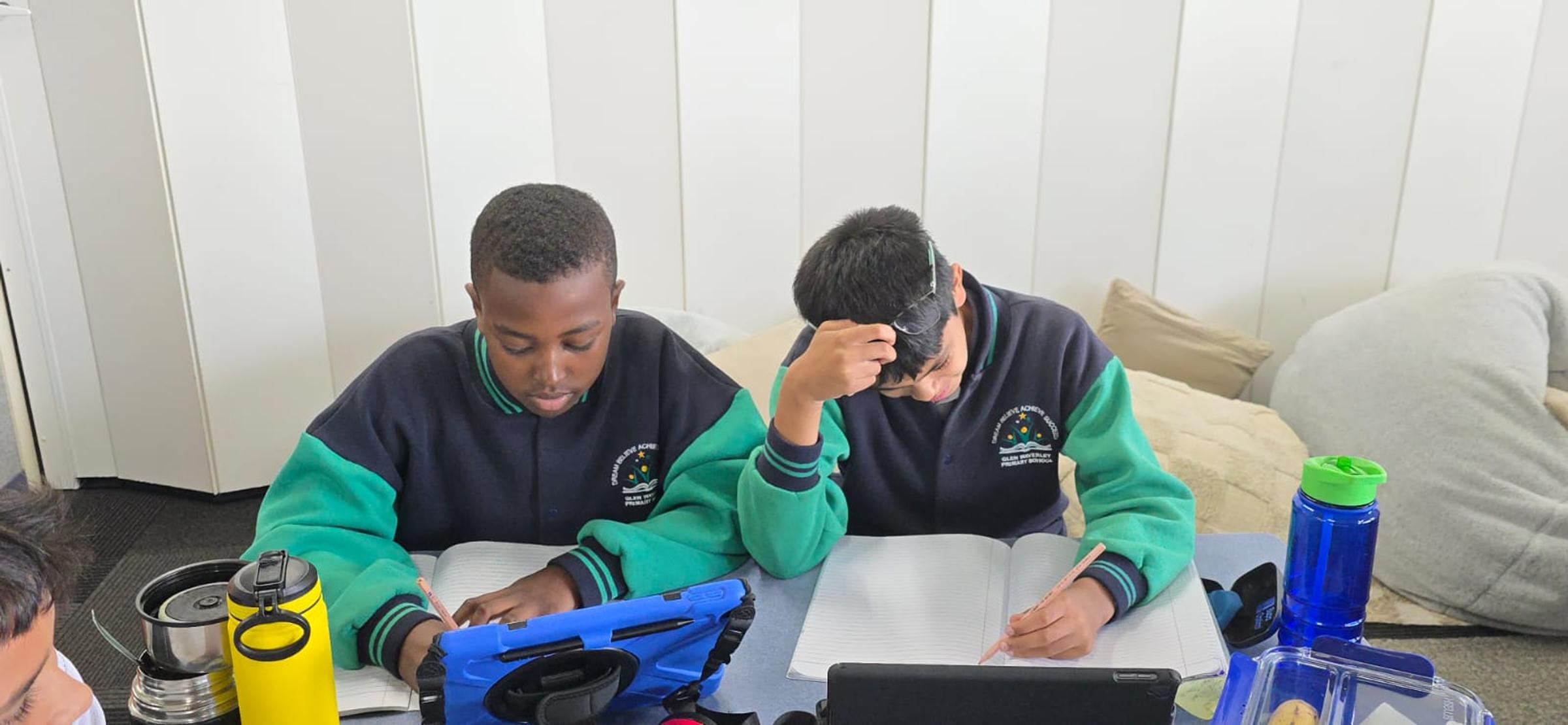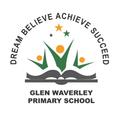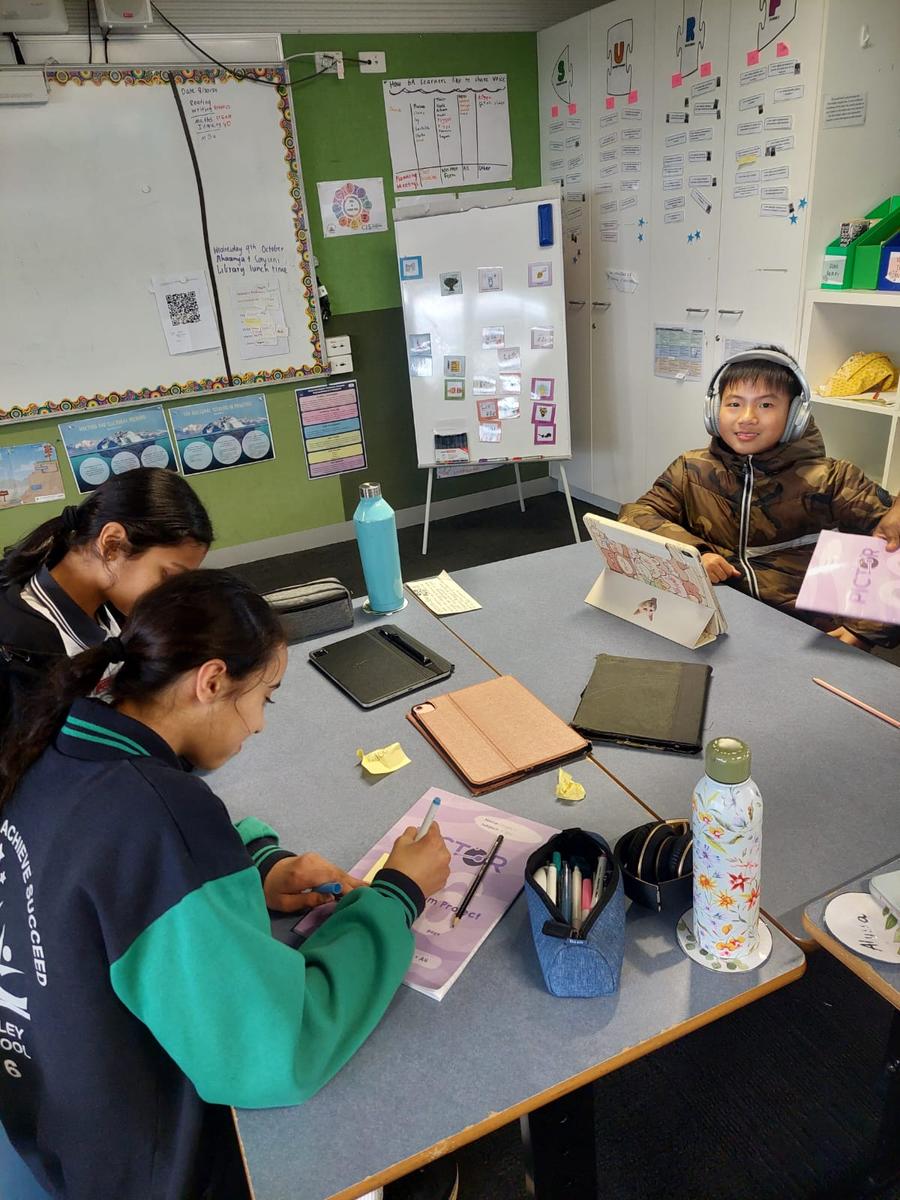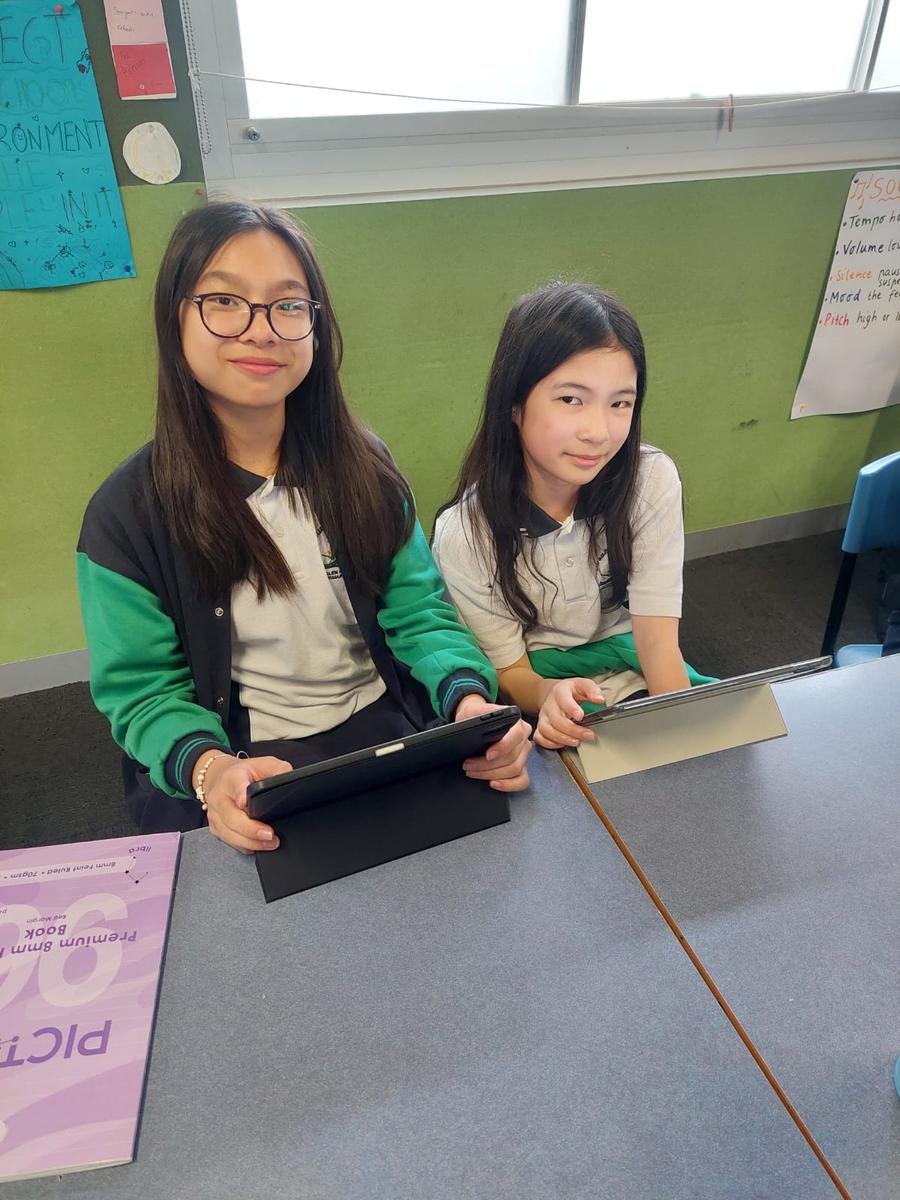Mathematics

During Term Four in Mathematics, students will be undertaking a learning sequence developed through the use of Ochre Education’s high-quality curriculum resources covering the topics of Fractions, Decimals and Percentages. Ochre provides a range of new resources connected to the Victorian Curriculum 2.0 which enacts effective teaching practices such as explicit instruction, check for understanding, retrieval and spaced practice. We are excited to introduce these lessons into our classrooms.
As part of this new approach, students will initially deepen their understanding of part numbers and then use that knowledge to investigate Money and Financial Mathematics. Students will build on their knowledge of fractions and decimals to include negative fractions and decimals. In addition to this, students will learn to multiply, divide, square, cube, square and cube root fractions as well as perform combinations of operations to fractions and decimals. They will continue to develop their understanding of percentages and the relationship between all three. Students will determine the percentage of an amount and write one amount as a percentage of another, using the context of money. They will explore concepts such as unit price, ‘best buys’, budgets and interest. Students will build their knowledge of income and expenses, while developing real-life skills that will set them up for the future.
Following this, the students will explore Patterns and Algebra. They will create growing patterns and identify patterns in everyday situations, representing these values in tables and other formats. Students will use algebraic expressions to represent situations, describe the relationships between variables from authentic data and substitute values into formulas to determine unknown values.
The SURF strategies will be used as a reflective tool to consolidate the students' understanding of the concepts explored this term.
Mathematics Key Vocabulary:
equivalent fraction, mixed numeral, proper fraction, improper fraction, numerator, denominator, decimal, percentage, profit, loss, pronumerals, unknowns, and variables.
How can you support your child’s Mathematics learning at home?
- Let your child/ren use physical money to pay for goods and services. Calculate the expected change and check what is received.
- Notice ‘sale’ and ‘percentage off’ signs at shops and calculate what the price charged will be.
- Talk with your child about the products you buy at the supermarket – do you look for the best value or do you have preferred products that might cost more?
- Encourage your child to create a budget with any pocket money or money from celebrations.
- Talk about the patterns you see in everyday life.


